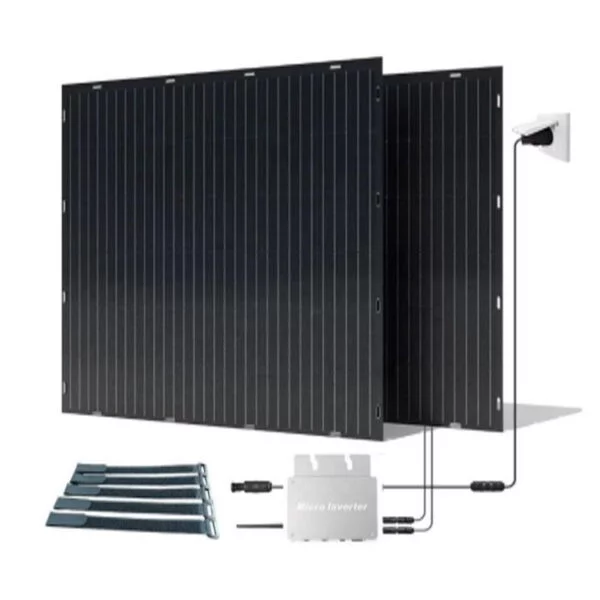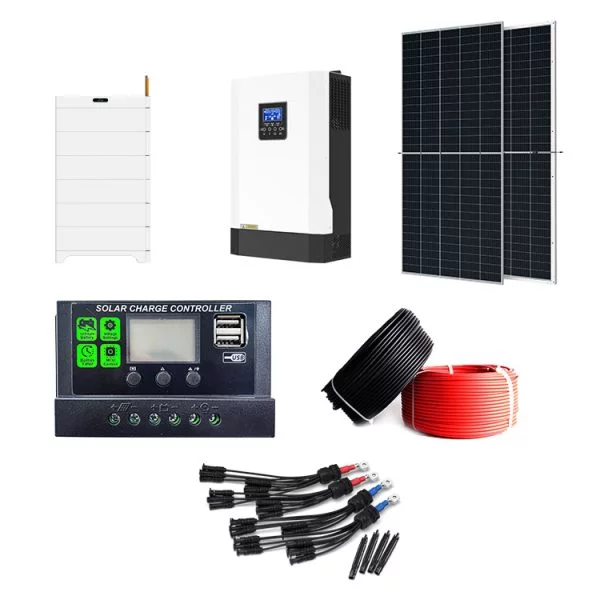HOT PRODUCT
Product Details
semi-flexible Solar Panels: Net-zero Energy Solutions
Title: Semi-Flexible Solar Panels: Net-Zero Energy Solutions
Introduction
In the quest for sustainable and environmentally friendly energy sources, solar power has emerged as a leading contender. As technology advances, so too does the efficiency and versatility of solar panels. One exciting development in this field is the advent of semi-flexible solar panels, which are revolutionizing the way we harness solar energy. In this article, we will explore the concept of semi-flexible solar panels and delve into their potential for bringing us closer to achieving net-zero energy goals.


What are Semi-Flexible Solar Panels?
Semi-flexible solar panels, also known as lightweight solar panels or flexible solar panels, differ from traditional rigid panels in their construction. Instead of using rigid glass or crystalline materials, they employ thin-film photovoltaic cells that are integrated into a flexible substrate. This flexibility allows them to conform to curved surfaces and facilitates their integration into a variety of applications.
Applications and Advantages
The versatility of semi-flexible solar panels opens up new possibilities for their implementation in various industries and sectors. One of their most significant advantages is their ability to be integrated into existing architectural designs, such as curved surfaces of buildings or vehicles. This enables solar energy generation without compromising aesthetic considerations.
Additionally, semi-flexible solar panels can be incorporated into portable electronic devices, providing a convenient and eco-friendly energy source for mobile phones, tablets, and laptops. This integration not only reduces the reliance on traditional power sources but also promotes a more sustainable way of powering our everyday gadgets.
Net-Zero Energy Potential
The adoption of semi-flexible solar panels has the potential to significantly contribute to net-zero energy goals. Net-zero energy refers to a state where the total energy consumed is offset by the energy produced through renewable sources, such as solar power. By integrating these panels into buildings, vehicles, and other structures, we can generate clean energy on-site, reducing our dependence on fossil fuels.
In the building sector, semi-flexible solar panels can be seamlessly integrated into rooftops, facades, and windows, allowing for increased energy generation. By capturing solar energy at the source, buildings can become self-sufficient, reducing their carbon footprint and contributing to a cleaner environment.
Another sector that stands to benefit from the adoption of semi-flexible solar panels is transportation. The panels can be applied to the exterior surfaces of electric vehicles, boats, and even airplanes, providing a supplementary source of power. This not only extends the range of electric vehicles but also reduces their reliance on charging stations, making them more practical and versatile.

Challenges and Future Developments
While there are numerous advantages associated with semi-flexible solar panels, a few challenges remain. Efficiency is one concern, as the thin-film technology used in these panels currently has slightly lower conversion rates compared to traditional crystalline panels. However, recent research and advancements in the field are addressing this issue and improving the overall efficiency of semi-flexible solar panels.
Another challenge is ensuring durability and resistance to environmental factors. Since these panels are flexible, they must be designed to withstand harsh weather conditions, UV exposure, and potential physical damage. R&D efforts are continuously focused on enhancing the durability of these panels to ensure their long-term viability.

Conclusion
Semi-flexible solar panels represent a promising solution in our pursuit of net-zero energy. With advantages like their versatility, aesthetic integration, and potential for implementation in diverse sectors, they offer a flexible and sustainable means of harnessing solar power. As technology continues to improve and address the challenges associated with these panels, their adoption will undoubtedly play a significant role in transitioning towards a cleaner and greener future.




